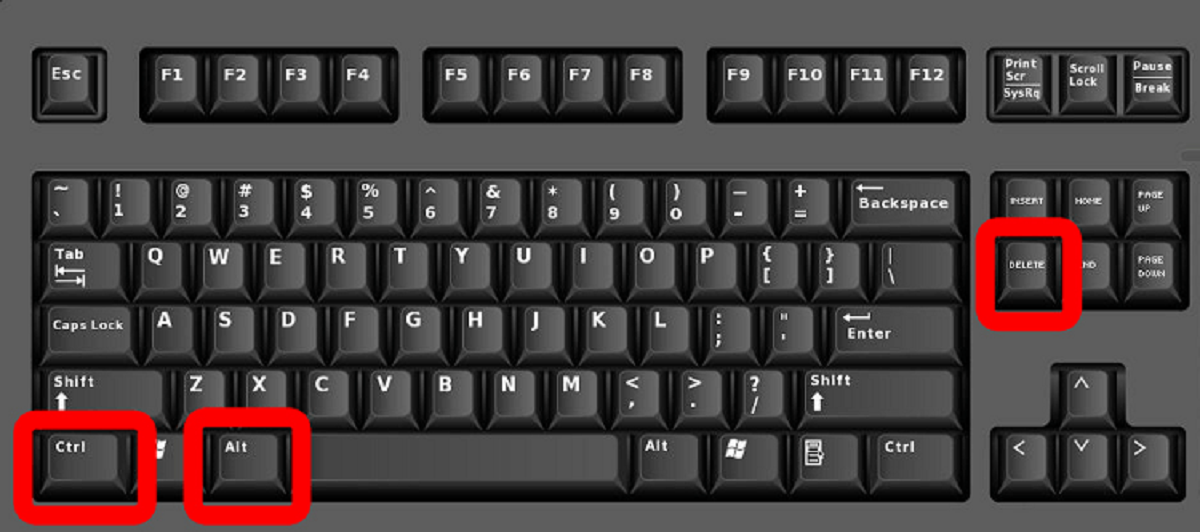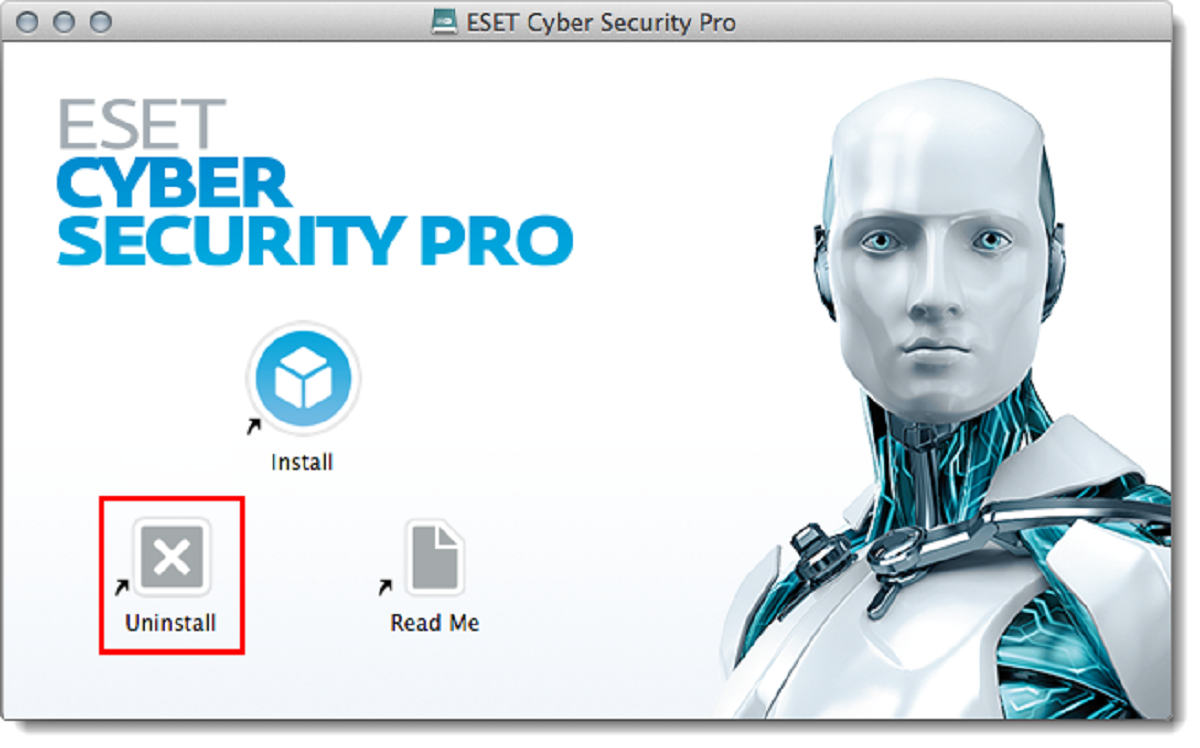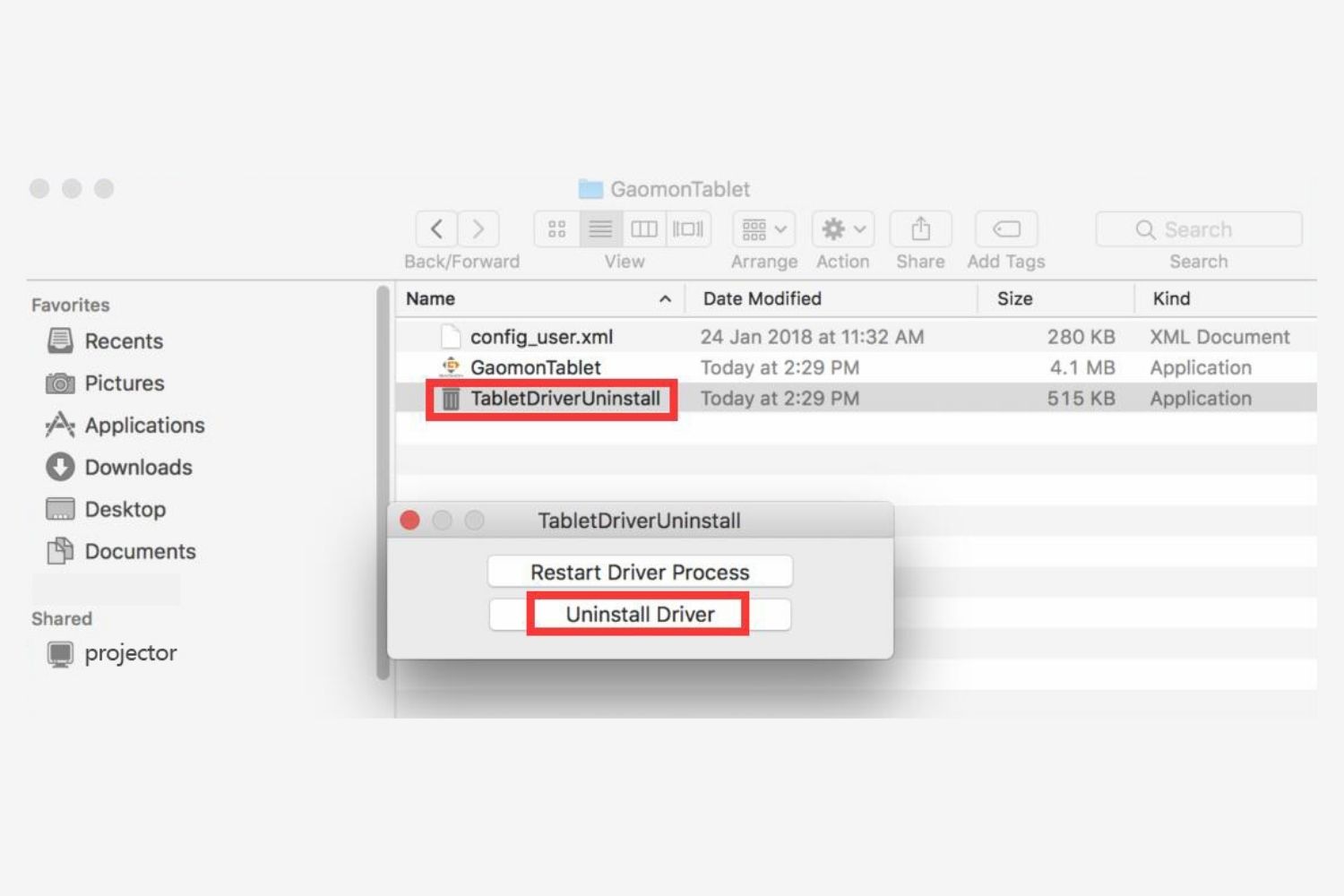Introduction
Have you ever found yourself in a situation where a program on your Windows computer stops responding and you’re unable to close it? It can be frustrating and can hinder your productivity. However, there are several methods you can use to force quit a program and regain control of your computer.
Force quitting a program means terminating its process forcefully, bypassing the normal exit procedures. This is a useful technique when a program becomes unresponsive, freezes, or refuses to close using the regular methods. In this article, we will explore various methods to force quit a program on Windows, allowing you to quickly resolve any unresponsive application issues and get back to your work.
It’s important to note that force quitting a program can potentially lead to data loss or corruption if you have unsaved work. Whenever possible, try to save your work before resorting to force quitting. Now, let’s explore the different methods you can use to force quit a program on Windows.
Method 1: Using Task Manager
One of the most common and effective ways to force quit a program on Windows is by using the Task Manager. Task Manager is a built-in utility that allows you to monitor and manage running processes on your computer. Here’s how you can use Task Manager to force quit a program:
- Press Ctrl + Shift + Esc on your keyboard. This will open the Task Manager window.
- In the Task Manager window, navigate to the Processes or Details tab.
- Locate the program you want to force quit in the list of processes.
- Right-click on the program and select End Task or End Process.
- A confirmation prompt may appear, asking if you want to end the task. Click End Task or End Process to force quit the program.
The Task Manager will forcefully terminate the selected program, closing its associated processes and freeing up system resources. This method is particularly useful when a program becomes unresponsive and doesn’t close using the regular close button.
It’s worth mentioning that if you force quit a program using Task Manager, you may lose any unsaved work. Therefore, it’s important to save your work regularly to avoid potential data loss.
In the next section, we’ll explore another method to force quit a program on Windows by using the Alt + F4 keyboard shortcut.
Method 2: Using Alt + F4
Another simple yet effective method to force quit a program on Windows is by using the Alt + F4 keyboard shortcut. This method allows you to close the active program window, forcing it to quit. Follow these steps:
- Click on the program window you want to force quit to make it active.
- Hold the Alt key on your keyboard.
- While holding the Alt key, press the F4 key once.
The active program window will immediately close, effectively force quitting the program. This method works for most applications and is particularly useful when you can’t access the program’s close button or the taskbar.
Note that closing the program using the Alt + F4 shortcut is similar to clicking the close button on the program window. Therefore, if the program prompts you to save any unsaved work, make sure to save it before using this method.
In the next section, we’ll explore another method to force quit a program using the Ctrl + Shift + Esc keyboard shortcut.
Method 3: Using Ctrl + Shift + Esc
If you prefer using keyboard shortcuts, you can force quit a program on Windows by using the Ctrl + Shift + Esc shortcut. This method allows you to directly open the Task Manager without needing to go through the Ctrl + Alt + Delete menu. Here’s how you can use this method:
- Press Ctrl + Shift + Esc on your keyboard. This will open the Task Manager window.
- In the Task Manager window, navigate to the Processes or Details tab.
- Locate the program you want to force quit in the list of processes.
- Right-click on the program and select End Task or End Process.
- A confirmation prompt may appear, asking if you want to end the task. Click End Task or End Process to force quit the program.
Using Ctrl + Shift + Esc provides a direct and quick way to access Task Manager and force quit a program on Windows. It is especially handy when you need to close an unresponsive program or one that is causing issues with your computer.
Remember to save any unsaved work before force quitting a program using this method, as you may lose any unsaved changes.
In the next section, we’ll explore another method to force quit a program on Windows by using the Ctrl + Alt + Delete menu.
Method 4: Using Ctrl + Alt + Delete
The Ctrl + Alt + Delete combination is a well-known keyboard shortcut on Windows systems that opens the security options menu. However, it can also be used to force quit a program. Follow these steps:
- Press Ctrl + Alt + Delete on your keyboard simultaneously. This will open the security options menu.
- Select Task Manager from the menu options. This will open the Task Manager window.
- In the Task Manager window, navigate to the Processes or Details tab.
- Locate the program you want to force quit in the list of processes.
- Right-click on the program and select End Task or End Process.
- A confirmation prompt may appear, asking if you want to end the task. Click End Task or End Process to force quit the program.
Using Ctrl + Alt + Delete is a versatile method that not only allows you to force quit a program but also provides access to additional security options on your Windows computer. It can be particularly helpful when a program becomes unresponsive and you need to quickly regain control.
Just like other methods, ensure that you save any unsaved work before force quitting a program using this method to prevent data loss.
In the next section, we’ll explore another method to force quit a program using the Command Prompt.
Method 5: Using Command Prompt
If you’re familiar with Command Prompt, you can force quit a program on Windows using specific commands. Here’s how you can do it:
- Open the Command Prompt by pressing Win + R on your keyboard to open the Run dialog, then type cmd and press Enter.
- In the Command Prompt window, type tasklist and press Enter. This will display a list of running processes.
- Locate the Image Name or Process Name of the program you want to force quit.
- Type taskkill /im “processname.exe” (replace processname.exe with the actual process name) and press Enter.
- The Command Prompt will forcefully terminate the specified program.
Using Command Prompt provides a more technical way to force quit a program on Windows. It gives you more control over the process termination, but it’s important to ensure you are terminating the correct process to avoid unintentionally closing other programs or system processes.
Similar to other methods, remember to save any unsaved work before using Command Prompt to force quit a program, as it may result in data loss.
In the next section, we’ll explore another method to force quit a program on Windows, specifically when the program is frozen on the desktop.
Method 6: Force Quitting a Program from Desktop
Sometimes, a program may freeze or become unresponsive on your desktop. In such cases, you can force quit the program directly from the desktop using a simple method. Here’s what you need to do:
- Click anywhere on your desktop to make sure no program window is active.
- Press and hold the Alt key on your keyboard.
- While holding the Alt key, press the F4 key once.
This keyboard shortcut is similar to Method 2, where using Alt + F4 allows you to close the active program window. In this case, since no program window is active on the desktop, pressing Alt + F4 will prompt you to choose the program you want to force quit. A small dialog box will appear, displaying a list of all the running programs.
Select the program you want to force quit from the list, and then click the End Task button. This will forcefully terminate the selected program, removing it from the desktop and freeing up system resources.
Using this method is particularly useful when a program on your desktop becomes unresponsive and doesn’t close using the regular close button or other methods. However, make sure to save any unsaved work before force quitting a program to avoid data loss.
Now that you are familiar with various methods to force quit a program on Windows, you have the knowledge and tools to regain control of your computer when faced with an unresponsive application.
Conclusion
Dealing with unresponsive programs can be frustrating, but with the methods explained in this article, you now have multiple ways to force quit a program on Windows. Whether it’s using the Task Manager, keyboard shortcuts like Alt + F4 or Ctrl + Shift + Esc, the Ctrl + Alt + Delete menu, the Command Prompt, or force quitting a program directly from the desktop, you have the flexibility to choose the method that works best for you.
It’s important to remember that force quitting a program should be used as a last resort when a program becomes unresponsive or freezes. Whenever possible, try using the regular methods to close the program, such as closing it through the program’s interface or window. Additionally, it’s crucial to save your work regularly to prevent data loss in case you need to force quit a program.
By using these methods effectively, you can regain control over your computer and continue with your tasks without letting unresponsive programs hinder your productivity.
Experiment with these methods and find the one that suits your preferences and needs. With a little practice, you’ll be able to quickly and efficiently force quit programs on your Windows computer.

























